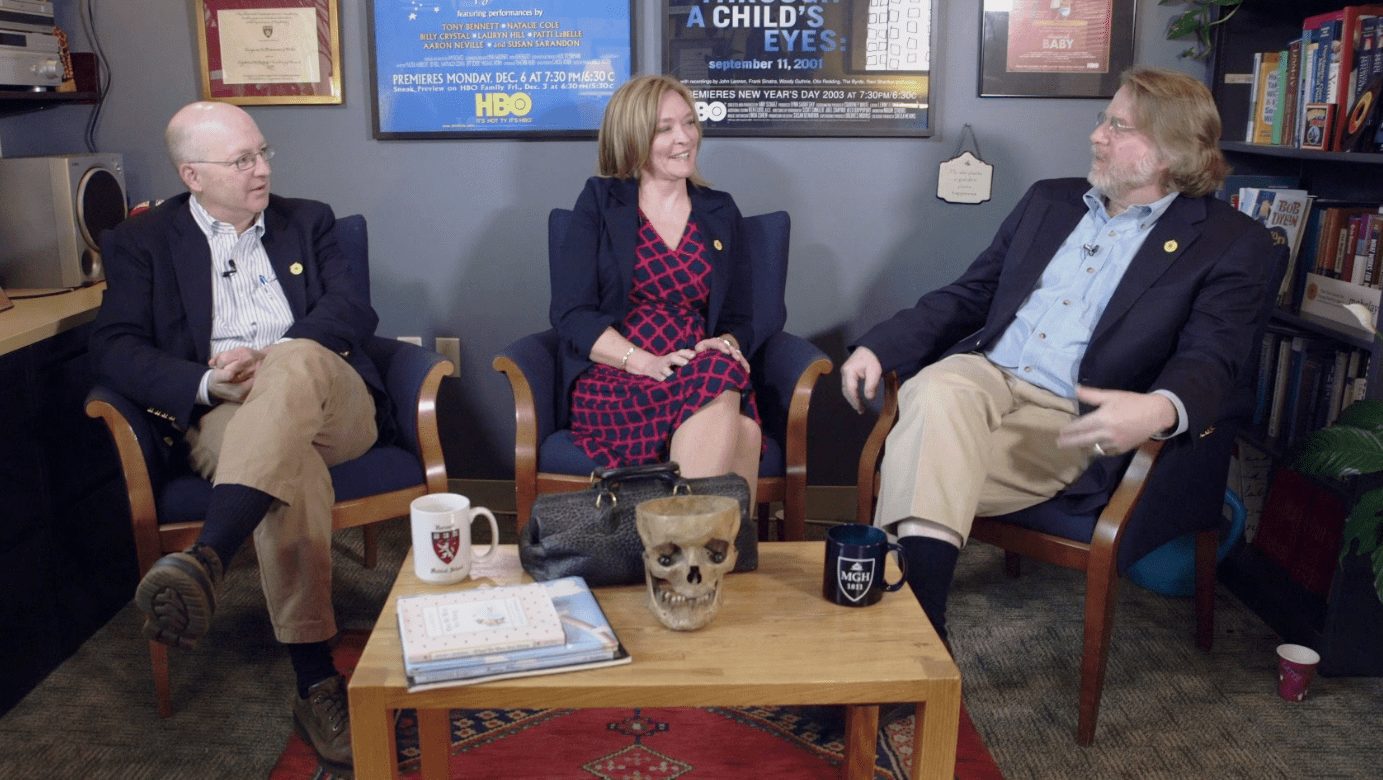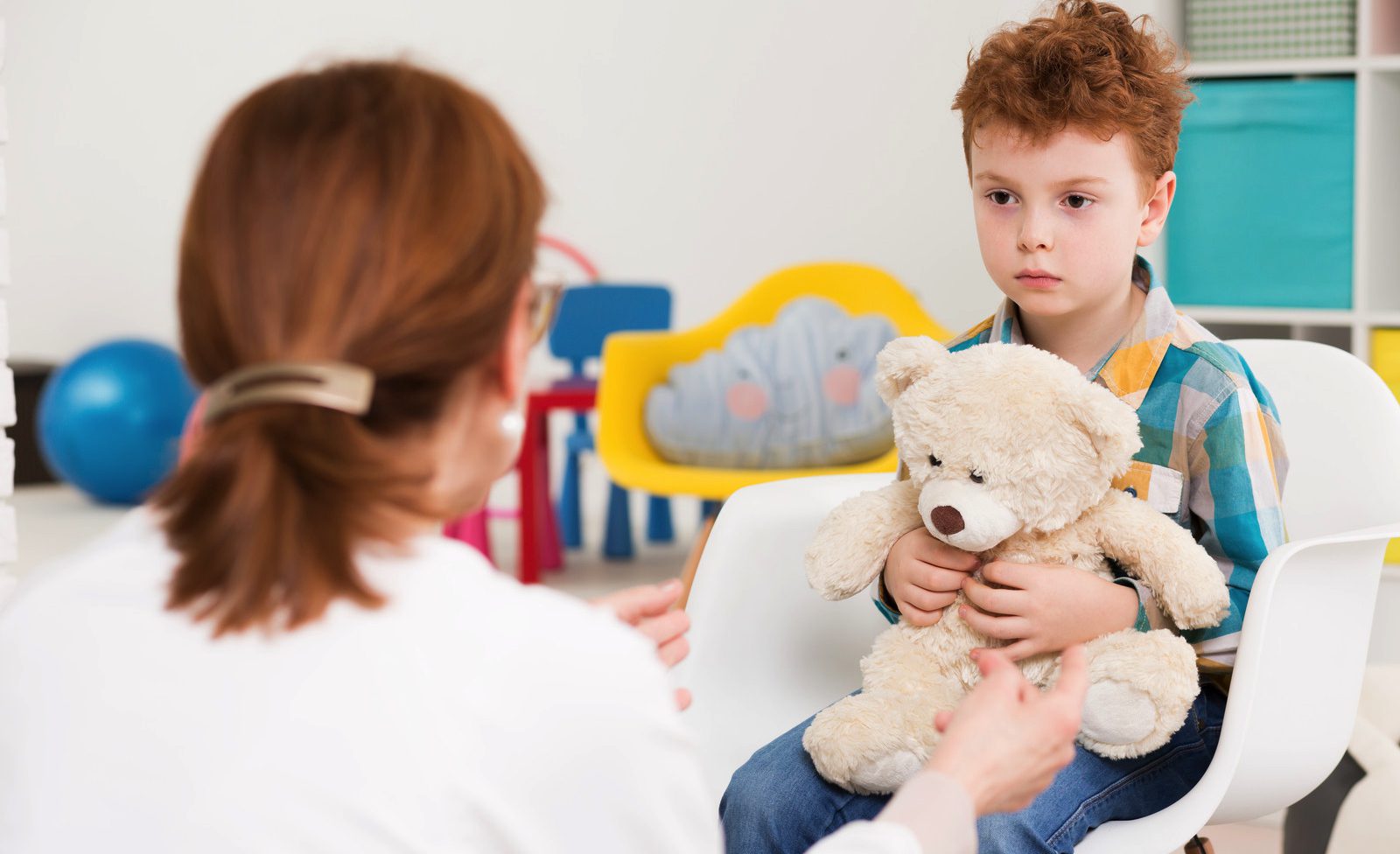Articles containing: mental health
Combating Mental Health Stigma

A look at why and how the stigma of mental illness persists in the African American community—among both young people and their families—and what some are doing to address it.
What Their Writing Told Me: The Taboo Of Mental Illness In The Hispanic Community

The following blog is part of The Clay Center’s series on diversity, which presents varying cultural perspectives and beliefs on mental health and well-being.
Shrinking It Down: Mental Health Made Simple

Need a break from information overload and the constant stream of news media on your computer or phone? Would you love just 20 devoted minutes to focus on a single issue, instead of trying to process 10 at a time?
Shrinking It Down – mental health made simple
Then check out
Listen To Your Kids, But Not Necessarily To Their Music

My first big concert was Foreigner. I can’t recall who opened for them, but I remember that it was loud.
My feet stuck to the half-dried beer that was splashed across the concrete floor of Kemper Arena in Kansas City, Missouri.
A Parent’s Journey Through Autism: “I have to admit it’s getting better, a little better all the time…”

This blog post is part of a series entitled Real Lives, Real Stories: Personal Experiences With Mental Illness.
John Oliver On Mental Health

In the clip above from Last Week Tonight with John Oliver, Oliver masterfully speaks to the serious misunderstandings and poor care associated with mental illness in the U.S. today.
Treatment of Autism Spectrum Disorder

Christopher Keary, MD; Lisa Nowinski PhD; Christopher McDougle, MD
Sam is an adorable 5-year-old boy with curly brown hair and large inquisitive eyes. As a baby, Sam was easy! He rarely cried and seemed to entertain himself for hours – the perfect first child. But by his 1st birthday, Sam was not yet talking.
Music For Autism Is Music For All: Reshaping And Expanding A Disability-Friendly Space

Intro and outro music written and performed by Dr. Gene Beresin.
10 Go-To Parenting Books for National Reading Month

March is National Reading Month and a good time to reflect on the books that have made an impact on my work as a child psychologist. I’ve compiled a list of my “go to” books that I frequently recommend to parents on some of the more common problems I’ve observed in kids.
The College Mental Health Crisis: A Call for Cultural Change – Part 2

This is the second blog post in a two-part series on college mental health in the United States. The first post focused on suicide prevention. The focus of this second post is general college mental health.
You can also tune in to the conversation – just search for “Shrinking It Down” wherever you get your podcasts.




